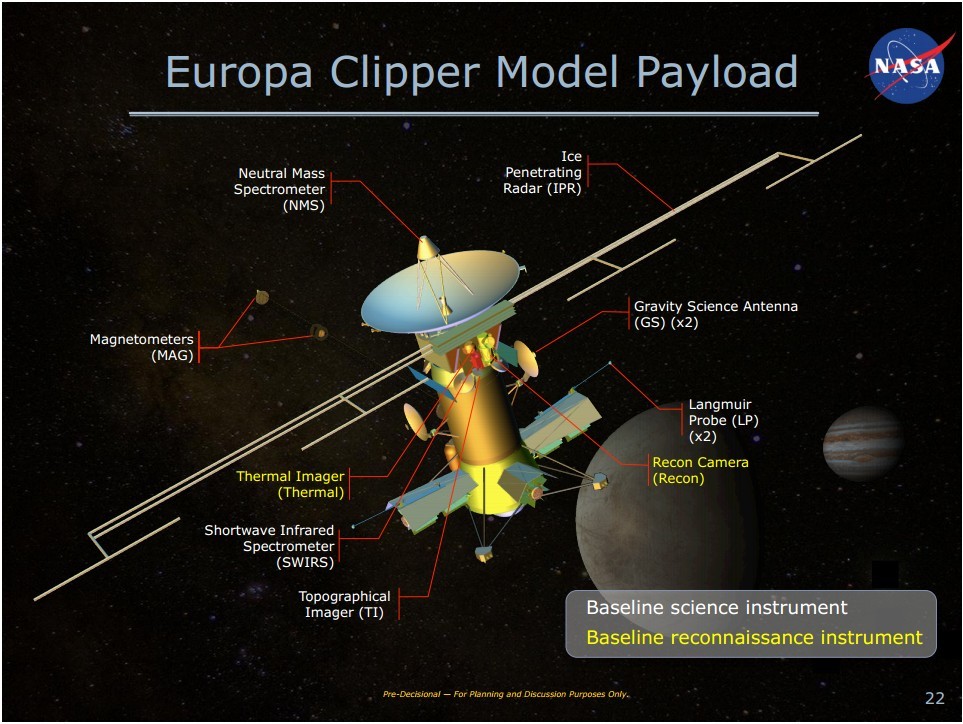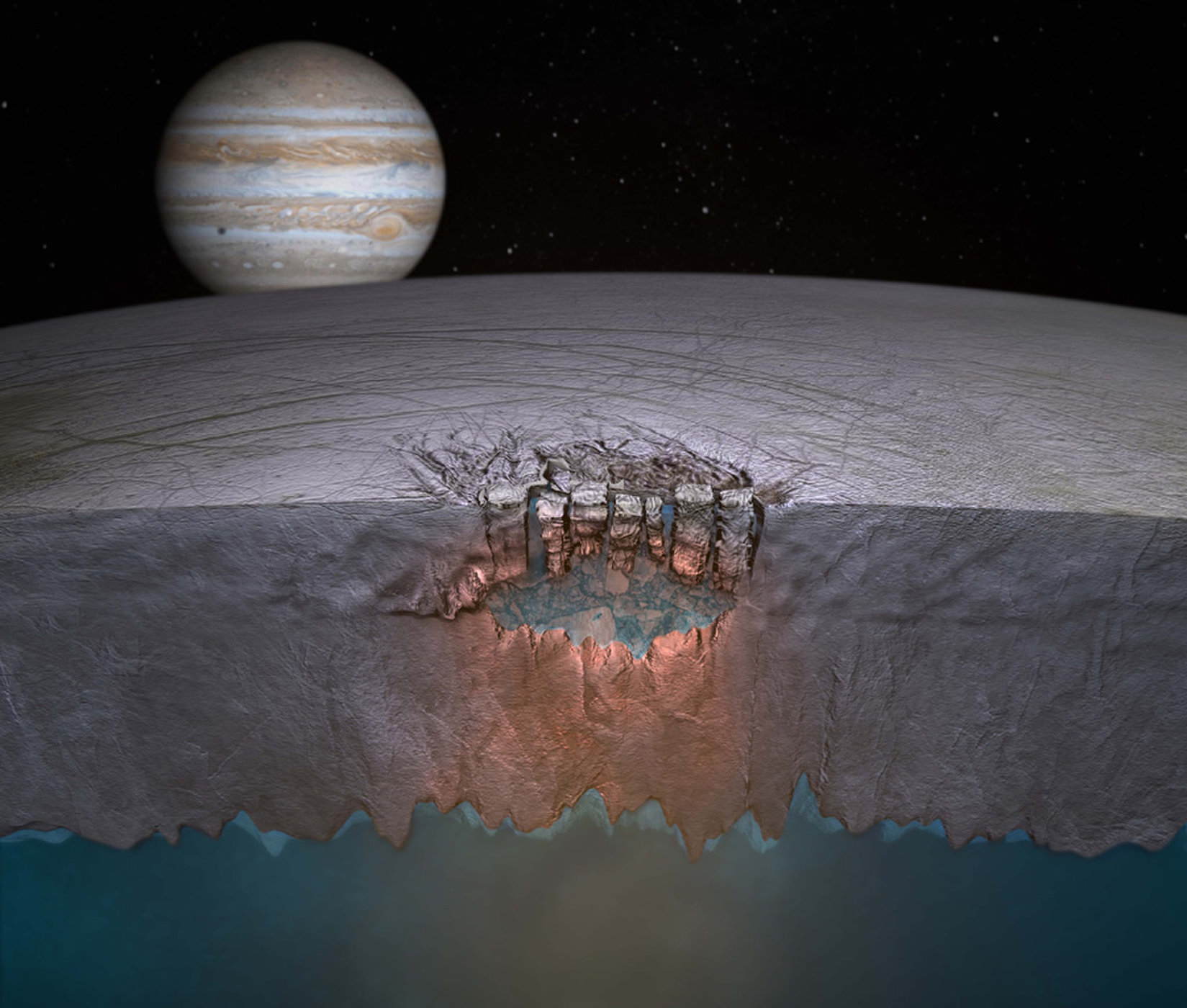JPL Visit- Sophie Ungless

According to NASA, a mission called “Galileo orbited Jupiter for almost eight years, and made close passes by all its major moons.” The satellite used its camera and other instruments on board that send back reports that determined that “Europa probably has a subsurface ocean with more water than the total amount found on Earth” (NASA). Since water is one of the three necessities to prove life, the other two being appropriate chemical elements, and an energy source, there is interest in exploring the possibility of life on Europa. While the water and correct chemical elements appear to be present, scientists are having a harder time finding a sufficient energy source.
However, scientists have looked to deep-sea life on Earth to come up with some “clues about how life may be able to survive beneath Europa’s ice shell” (NASA). According to NASA, “life forms have been found thriving near subterranean volcanoes, deep-sea vents, and other extreme environments.” If missions are able to go deep enough into Europa’s water, they may be able to find a similar energy source that would fulfill life’s three requirements.

NASA is currently working on a new mission to Europa to explore its oceans. This mission is difficult because the moon has so much radiation in its atmosphere that the satellite will have to get just close enough, and then move away so it doesn’t burn up. By following this pattern, scientists are hopeful that the mission will last multiple years and transmit lots of data points back to Earth. It will “measure the gravitational change of Europa by encountering [the moon] at different points in its orbit” (NASA). These measurements will help them essentially image the surface of Europa until they have a good understanding of what is really there. If possible, another spacecraft would fly into potential “erupting plumes of water” coming from Europa, which would allow NASA to get a read on what is below the surface.

In a video released by the Jet Propulsion Lab about the mission, they share that exploring Europa is so important because we want to understand if “we are alone in the cosmos. If three is life in Europa, it almost certainly was completely independent from the origin of life on Earth.” I’m especially intrigued to keep up to date with this mission because I find it impossible to believe that we are the only living things. Space is so expansive, and I bet there are being similar to us questioning our existence. On top of that, we were told that there are most definitely space sea monsters on Europa…

Comments
Post a Comment